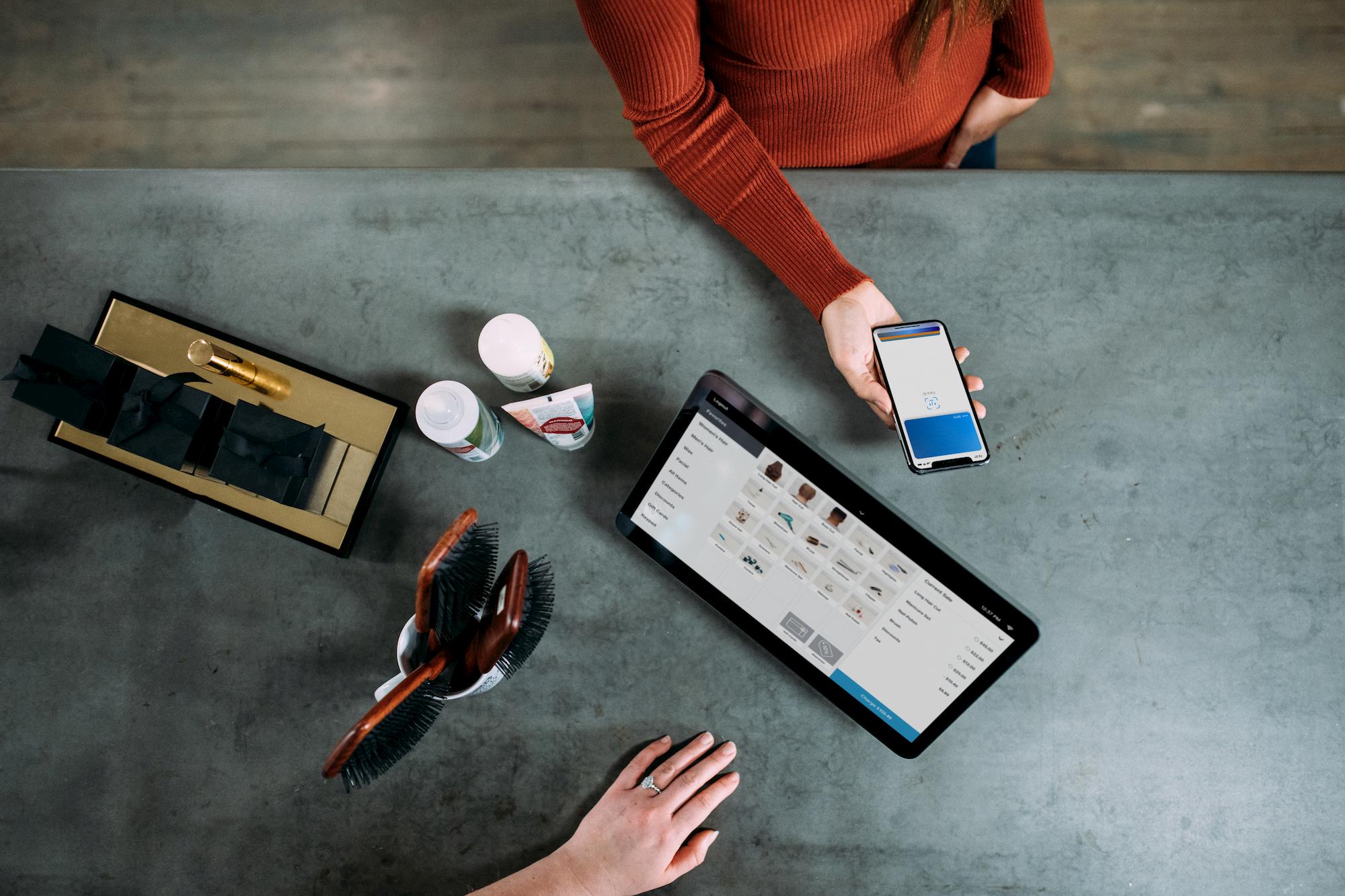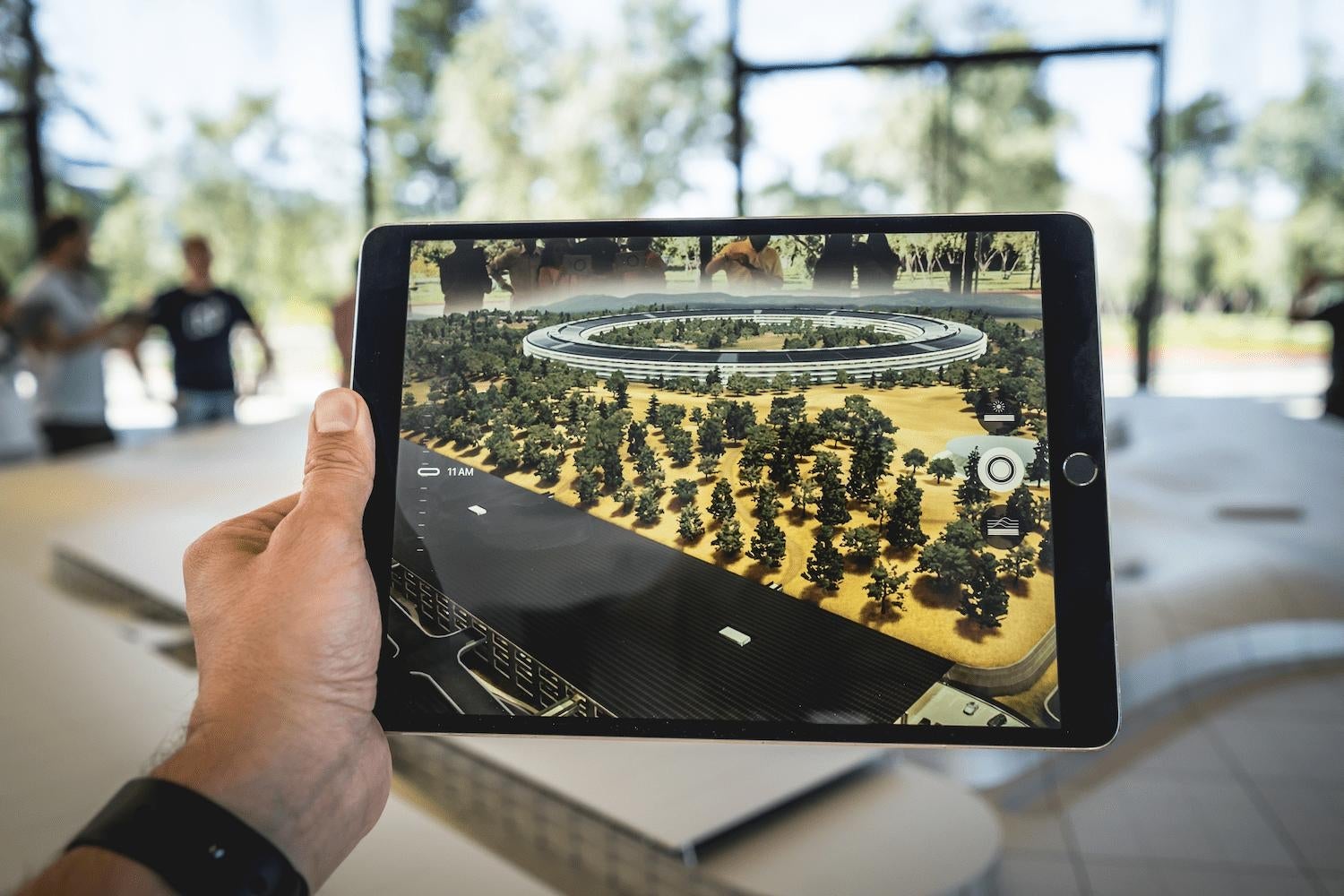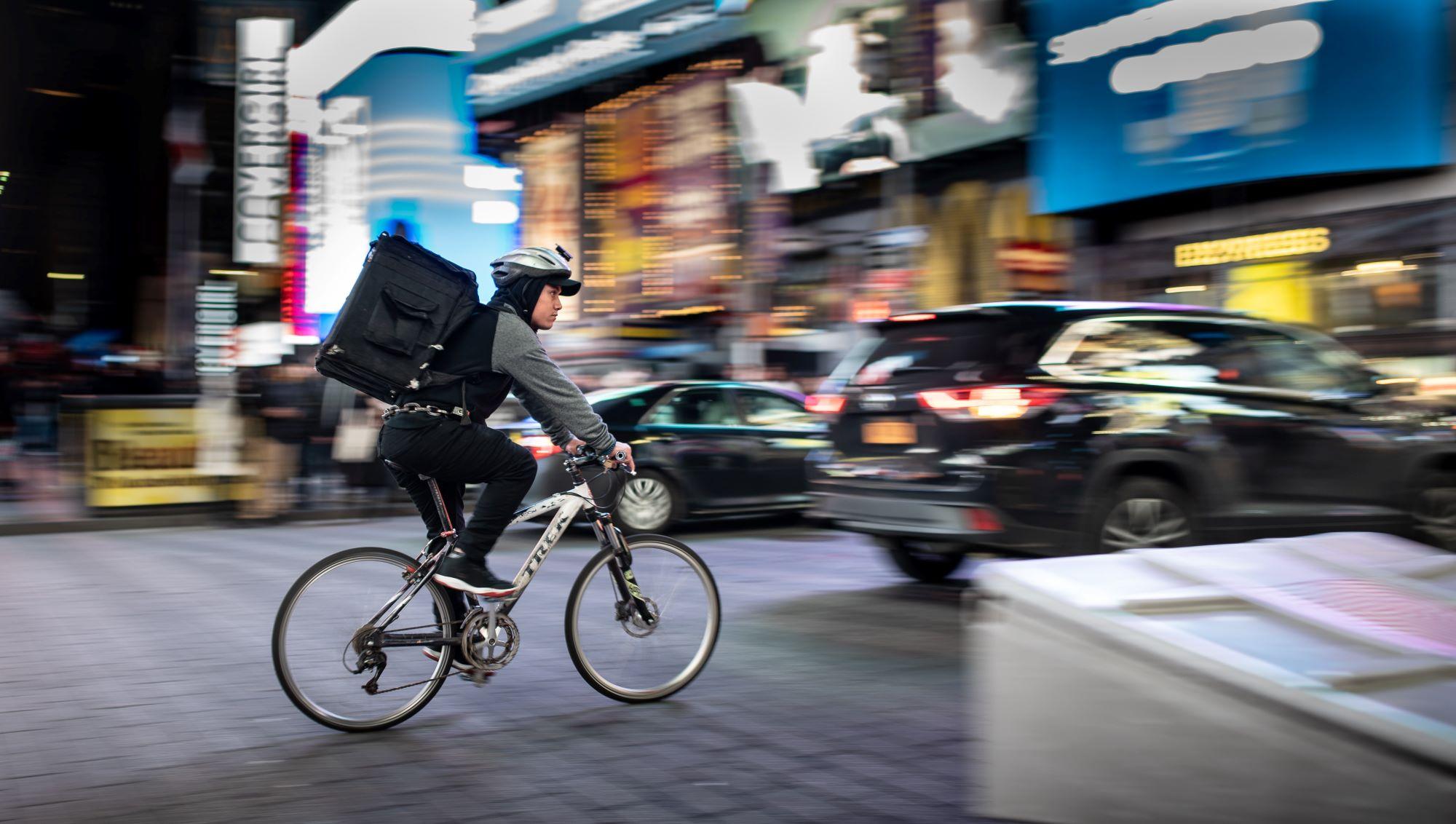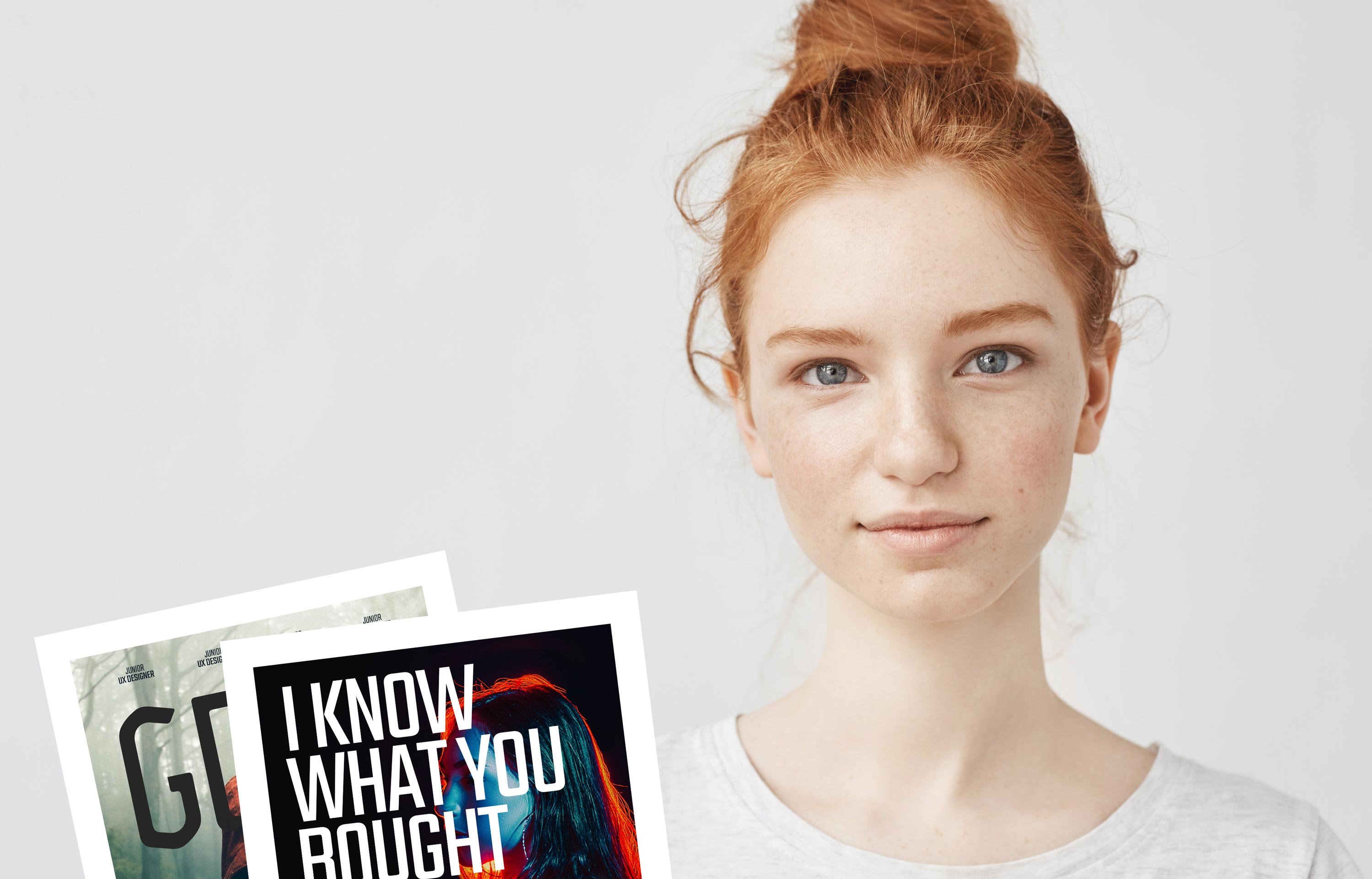To say that a product should be simple and easy to use is today an empty phrase. We all know the importance of good, intuitive user experience and the role a clear user interface plays in the website’s or app’s success.
With fintech design, however, things are getting a little bit trickier. With lots of financial jargon, charts, data entries, etc., financial solutions often confuse users more than anything else.
Plus, you need to remember that many users have limited trust when it comes to managing their money with digital solutions. Simple things like adding a credit card in payments method can be challenging.
Remember: every point of friction can result in app abandonment and lost users.
That’s why in this article, I will focus on five areas you should pay attention to while designing a fintech app. Backed with ten design examples from fintech solutions I find interesting, I’m sure you will get some actionable tips from this post.
Tips for fintech design you can apply in your app
1. Don’t underestimate information architecture
When I say ‘Keep it simple’ in reference to fintech apps, I mean paying lots of attention to how you structure the information flow.
Financial solutions tend to be complicated, as is the world of finance in general. You can’t expect your every user to be an expert in credits or cash flow. Bonify, for example, does a great job with simple credit management, even for multiple bank accounts.
For cash flow management, solutions like Fluidly are your guide—in their app, bookkeepers and accountants can visualise cash flows and credits, getting all the information they need in seconds.
Decide what your solution helps people with and make this feature easy to comprehend. For another example, do you remember how frustrated you were looking for good insurance? Which one to choose, where to look for them? What should it cover?
In Coya, users can browse different insurance types, compare them, and apply for them within the app. The architecture is crucial here, guiding users through types, offers, benchmarks, to making a purchase decision.
2. Focus on creating a clear design
Both UX and UI should guide users through your product. Whether it’s plain data comparison or a nice, visual way to describe complex terms, you can use design to support your offer.
Gimi is an example I like because it shows how to use design to introduce children to the world of managing their expenses. The app comes with a credit card, teaching kids and teenagers how to use their pocket money. While the design is playful, it still conveys an important message.
A different approach to using clear UX to remove friction from online payments is Billogram. It is a platform helping businesses to improve their payment experience. The company understands how customer experience impacts their buying decisions, aiming at improving their engagement.
Another example of how to make online payments easy is Trustly, enhancing the payment flow between consumers and shops.
3. Provide constant feedback to your users
Using online financial services, users want to know right away what happens with their money. At N26, a free online bound account, they know it well. The account sends push-notifications every time a user makes a money transfer or withdraw their money from an ATM.
A similar solution can be found in Kontist, a banking app and account for freelancers, using push notifications to update the owner about any money transfers on their account.
4. Make things easier with data visualisation
Using data visualisation in fintech applications helps to make easier use of the financial data. Whether it’s cash flow forecasting, displaying current spending, or informing about remaining credit, you can use charts to make it simple.
Zeitgold, for example, is a bookkeeping app filled with actionable charts, making it easier to run a business, analyse revenue or create an overview.
Fluidly, which I have already mentioned, also provides users with a great visual explanation of how their cash flow changed, and what are the predictions based on the current situation.
5. Copy and microcopy
Copywriting should always be a part of good design. That’s why we encourage copywriters and designers to work together closely. While lorem ipsum might be convenient to mark the place for future copy, we prefer using actual text, so the layout and copy length fit together perfectly.
In fintech solutions, copy compliments design in the way of telling users how to use the app. Providing users with feedback based on their actions can also be helpful to guide them through complex tasks, like setting up an online bank account.
Penta does it well, notifying users about the stage they are currently at, and helping with choosing the right options.
Designing a great fintech solution
While designing a fintech product, focus on understanding your users, their needs, and how your solution can do better what banks often already do. Can your solution be more convenient? Can it reduce common bottlenecks? Is it easier to use?
After answering these questions, use five tips for fintech design I mention in this article to create a product that makes a difference in the finance world. And if you need guidance, using the examples I gave you can act as a start for broader competitive research.
Looking for designers to support your fintech development? Let us know about your idea!





